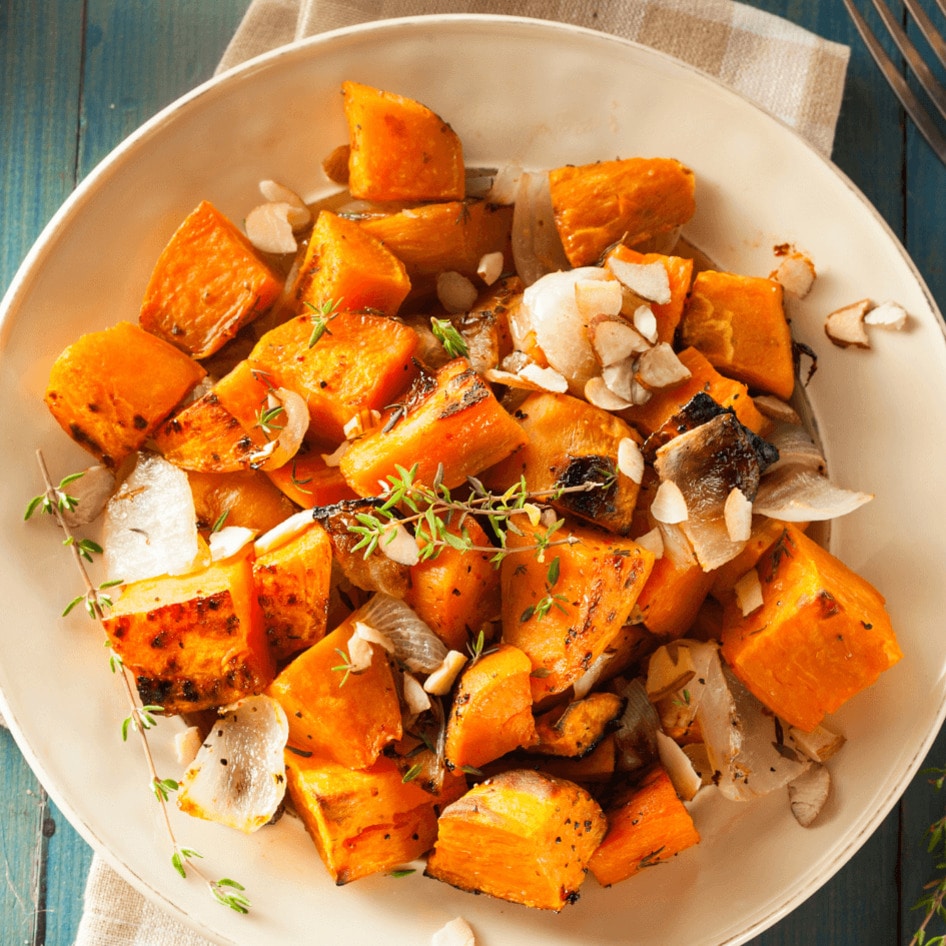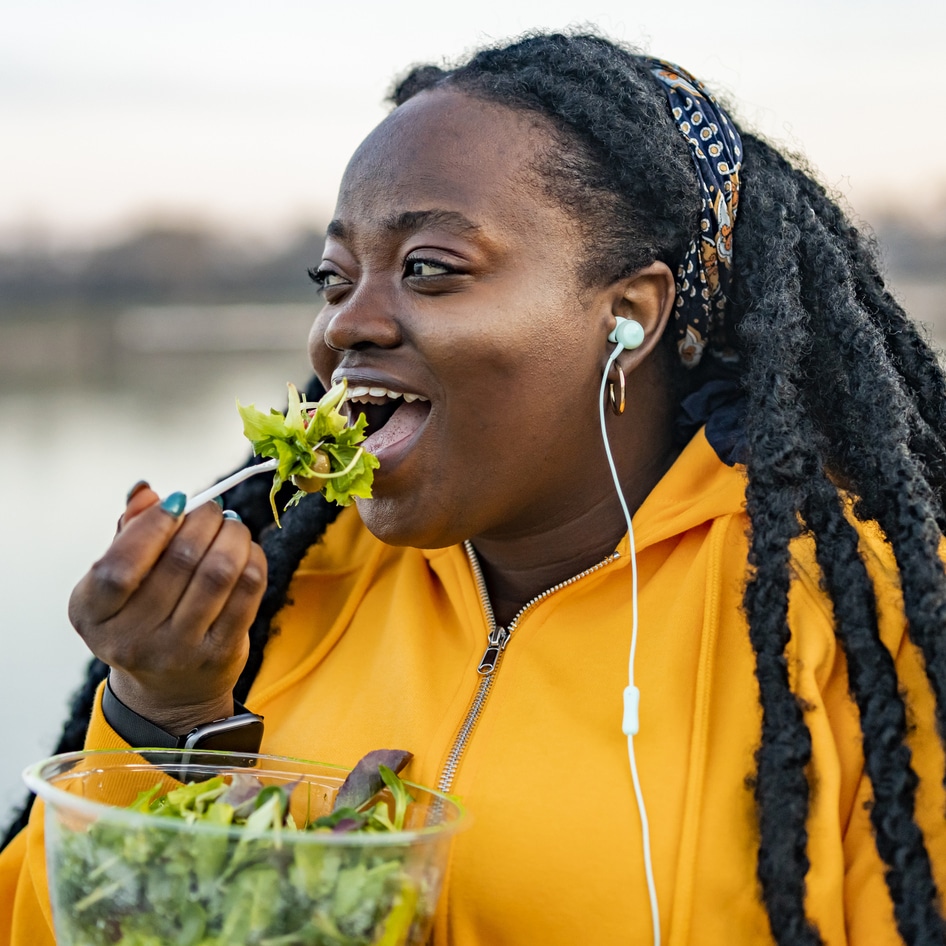Why Eating Your Colors is Essential
All of the nutrients we need reside in plants, and their vibrant hues are a clue to their healthy components.
October 3, 2010
We’ve known for centuries that a diet centered around plants is optimum. Hippocrates, the Greek physician considered the father of Western medicine, said, “Let food be your medicine and your medicine be your food.” In his encyclopedia of natural history, published around AD 77, Pliny the elder cites the medicinal properties of hundreds of herbs, spices, fruits, and vegetables. And that’s just in the West. The foundation of traditional Asian diets has been plant foods, which play a significant role in disease prevention. Modern research supports this ancient wisdom, as do our instincts. We know we need to consume more plant foods, and we know plant foods are good for us. But what is it about the color that makes them so healthful? The answer is in the phytochemicals.
Phytochemicals
Phytochemicals (phyto means “plant”) are manufactured by plants in order to protect themselves from the damage caused by animals or insects, photosynthesis, and bv radiation. When we consume them, they provide the same protection for us that they do for the plant. More than 1,000 different phytochemicals have been identified, and hundreds more are still undiscovered. Although phytochemicals are not technically classified as nutrients, they contain properties associated with disease prevention and treatment, particularly those relating to cancer, diabetes, cardiovascular disease, and hypertension.
Phytochemicals are easy to identify because they are actually the pigments that give fruits, vegetables, and flowers their distinctive colors. We can detect the highest concentrations of different phytochemicals just by looking at a plant’s shade.
Taste the Rainbow
Blue anthocyanins found in berries have been linked to fighting diseases ranging from cancer and diabetes to bacterial infections. It’s true that noshing on too many orange fruits and veggies can cause skin to develop an apricot hue, but that shouldn’t stop you from buying sweet potatoes and pumpkin in bulk, as their beta-carotene prevents cognitive degeneration. The vibrant, red betacyanins found in amaranth herbs and beets are natural antioxidants and are thought to fight cancer and improve health by combating free radicals in the body. Folate is a naturally occurring vitamin that helps form red blood cells, metabolizes protein, and increases cell growth. To get your folate fill, eat dark, leafy greens and veggies such as spinach. Don’t munch on carrots to improve vision; instead eat lutein-rich foods such as collard greens and kale, which have been linked to improved eyesight and lowered risk of cataract development.
Dull in Color, Not in Nutrients
Just because one color is stronger than another doesn’t mean these foods are void of other phytochemicals; they just occur in lower levels. Bananas, for instance, though yellow in appearance, also contain the blue anthocyanin pigments, but on a smaller scale. This is one of the benefits of eating a variety of plant foods: We’re consuming a number of different phytochemicals.
So, the next time you shop, fill your cart with all the colors of the rainbow (don’t forget white, tan, black, and brown). As a result, you will be eating the most nutrient-rich, flavor-dense, aesthetically exciting diet possible.
JUMP TO ... Latest News | Recipes | Guides | Health | Shop







